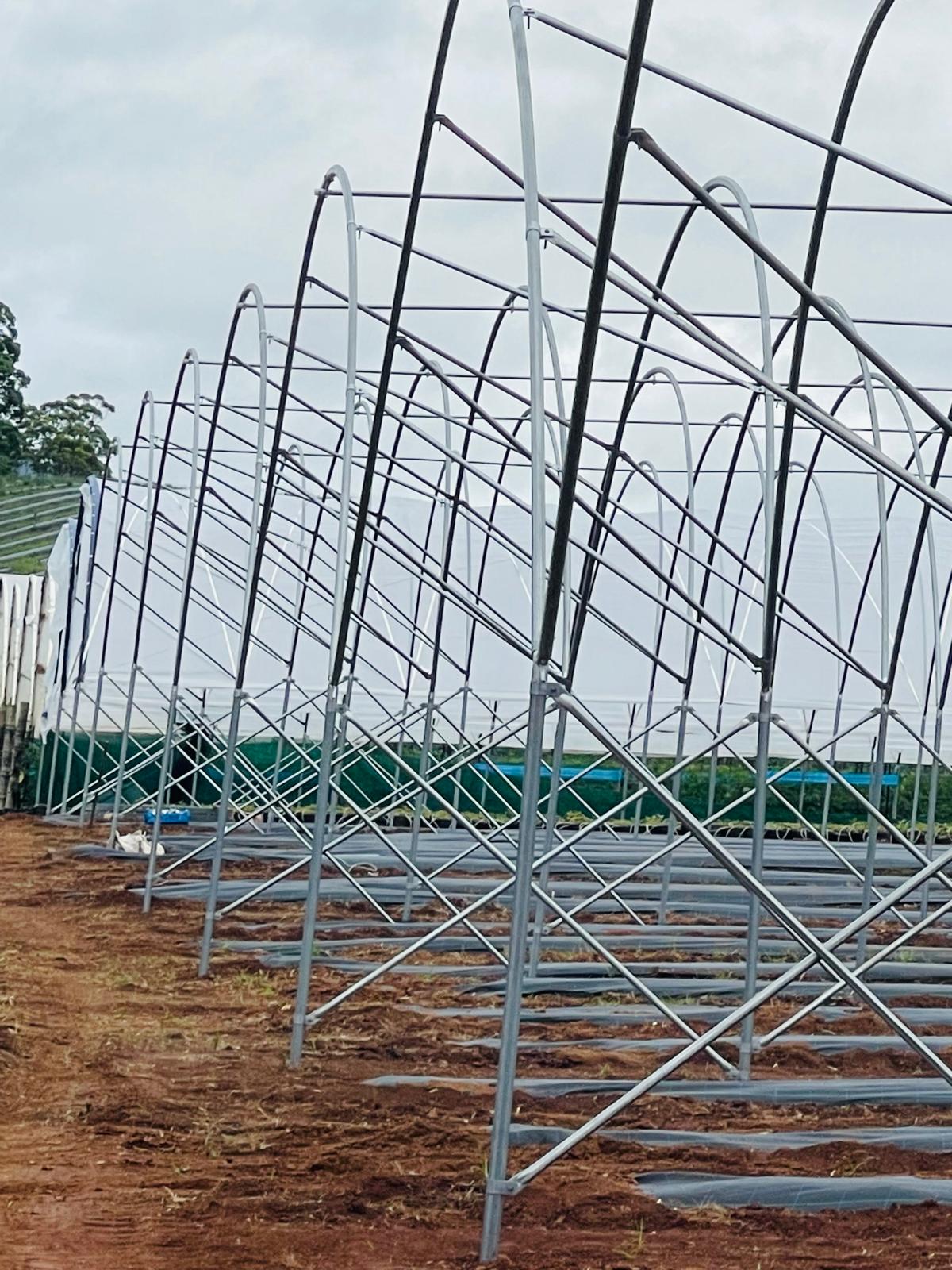The Vital Role of Greenhouse Builders
Greenhouse builders are specialized professionals who design, construct, and maintain greenhouse structures. Their expertise lies in understanding the unique needs of various crops, climate conditions, and the technological requirements for optimal plant growth. These builders collaborate with agricultural experts, engineers, and architects to create environments that maximize crop yields while minimizing resource usage.
The process of constructing a greenhouse involves meticulous planning and execution. Builders must consider factors such as location, sunlight exposure, ventilation, irrigation systems, and energy efficiency. The choice of materials, such as polycarbonate panels or glass, and the incorporation of automated systems for temperature and humidity control are crucial decisions that impact the overall effectiveness of the greenhouse.
Benefits of Greenhouses in Agriculture
Extended Growing Seasons: One of the most significant advantages of greenhouses is their ability to extend growing seasons. By providing a controlled environment, greenhouses enable farmers to grow crops beyond the traditional outdoor growing periods. This leads to a more consistent and reliable food supply throughout the year.
Resource Efficiency: Greenhouses are designed to optimize the use of water, nutrients, and energy. Advanced irrigation systems, such as drip irrigation, reduce water wastage, while hydroponic and aquaponic systems ensure efficient nutrient delivery to plants. Moreover, custom greenhouse greenhouses can be equipped with renewable energy sources like solar panels, further reducing their environmental footprint.
Climate Resilience: With the increasing unpredictability of weather patterns due to climate change, greenhouses offer a stable environment that protects crops from extreme weather events. This resilience ensures food security and reduces the risk of crop failure.
Pest and Disease Control: Greenhouses provide a barrier against pests and diseases, reducing the need for chemical pesticides. Integrated pest management systems, combined with controlled environmental conditions, create a healthier growing environment for crops.
Technological Advancements in Greenhouse Construction
The field of greenhouse construction is continuously evolving, driven by technological advancements that enhance efficiency and productivity. Some of the latest innovations include:
Smart Greenhouses: Equipped with sensors and IoT (Internet of Things) technology, smart greenhouses monitor and control environmental conditions in real-time. Parameters such as temperature, humidity, light levels, and CO2 concentration are automatically adjusted to create optimal growing conditions.
LED Lighting: Modern greenhouses are increasingly adopting LED grow lights, which provide a spectrum of light tailored to the specific needs of plants. LED lights are energy-efficient, produce less heat, and can be programmed to simulate natural sunlight patterns.
Automated Systems: Automation plays a crucial role in reducing labor costs and improving precision in greenhouse operations. Automated systems for irrigation, ventilation, and nutrient delivery ensure that plants receive the right amount of resources at the right time.
Vertical Farming: Greenhouse builders are exploring vertical farming techniques to maximize space utilization. Vertical greenhouses use stacked layers to grow crops, making them ideal for urban areas with limited land availability.






Comments